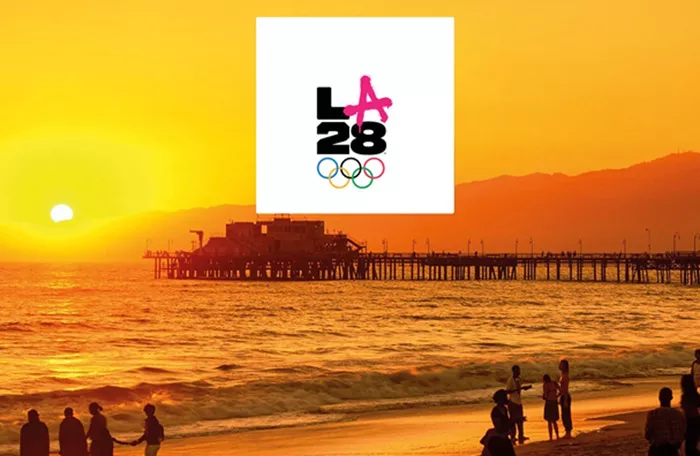In a major development for the surfing world, the International Olympic Committee (IOC) has announced that longboard surfing will not be included in the upcoming 2028 Los Angeles Olympic Games. The decision was revealed at a press conference, delivering a significant blow to longboarding, a discipline that has been experiencing a global resurgence.
Alongside this, the IOC also rejected the International Surfing Association’s (ISA) proposal to expand the shortboard competition quotas, which will remain capped at the 24 men and 24 women slots established for Paris 2024. This effectively sidelines longboarding from debuting on the Olympic stage.
Longboarding is deeply rooted in surfing’s cultural and historical fabric, tracing its origins to ancient Polynesian traditions. The sport evolved from the use of long wooden boards, known as “olo,” used by Hawaiians as early as the 8th century. In the early 20th century, surfing legend Duke Kahanamoku popularized longboarding in California with boards ranging from 10 to 15 feet in length.
Longboards emphasize stability and smooth, flowing maneuvers, contrasting with the more aggressive and dynamic style of shortboard surfing. The sport gained prominence during the 1950s and 60s, benefiting from innovations such as balsa wood and fiberglass construction, which enabled classic moves like nose-riding. Surf icons like Miki Dora and Phil Edwards were instrumental in popularizing the sport during this golden era.
Despite a decline, longboarding saw a revival in the 1990s and continues to maintain a dedicated following worldwide. The ISA had proposed including longboarding as a new Olympic surfing event, requiring no additional venues since the existing surfing sites could accommodate both disciplines. The proposal called for 16 male and 16 female competitors, reflecting the sport’s balanced gender participation.
Longboarding enjoys a significant presence in international competition, notably at the ISA World Championships and the World Surf League’s (WSL) Longboard Tour, which features four major events annually. However, the IOC’s strict athlete quota of 10,500 across core sports limited available slots. With 24 sports competing for 772 remaining athlete positions, and cricket and flag football absorbing a combined 698 slots, longboarding was unable to secure a place in the 2028 Games.
The exclusion is a setback for longboarding’s growth on the global sports stage. The Olympic platform could have amplified its visibility, attracted sponsorship, and expanded mainstream recognition—particularly meaningful given California’s historical significance to the sport.
Despite the setback, the ISA remains committed to championing longboarding’s inclusion in future Olympic Games, aiming to bring the sport’s unique style and heritage to audiences worldwide.


